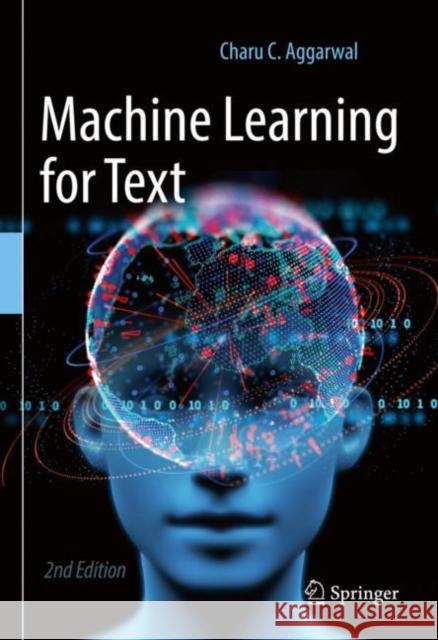Machine Learning for Text » książka
topmenu
Machine Learning for Text
ISBN-13: 9783030966225 / Angielski / Twarda / 2022 / 590 str.
Machine Learning for Text
ISBN-13: 9783030966225 / Angielski / Twarda / 2022 / 590 str.
cena 301,89
(netto: 287,51 VAT: 5%)
Najniższa cena z 30 dni: 289,13
(netto: 287,51 VAT: 5%)
Najniższa cena z 30 dni: 289,13
Termin realizacji zamówienia:
ok. 22 dni roboczych
Dostawa w 2026 r.
ok. 22 dni roboczych
Dostawa w 2026 r.
Darmowa dostawa!
Kategorie:
Kategorie BISAC:
Wydawca:
Springer Nature Switzerland AG
Język:
Angielski
ISBN-13:
9783030966225
Rok wydania:
2022
Ilość stron:
590
Wymiary:
25.4 x 17.8
Oprawa:
Twarda
Dodatkowe informacje:
Wydanie ilustrowane











